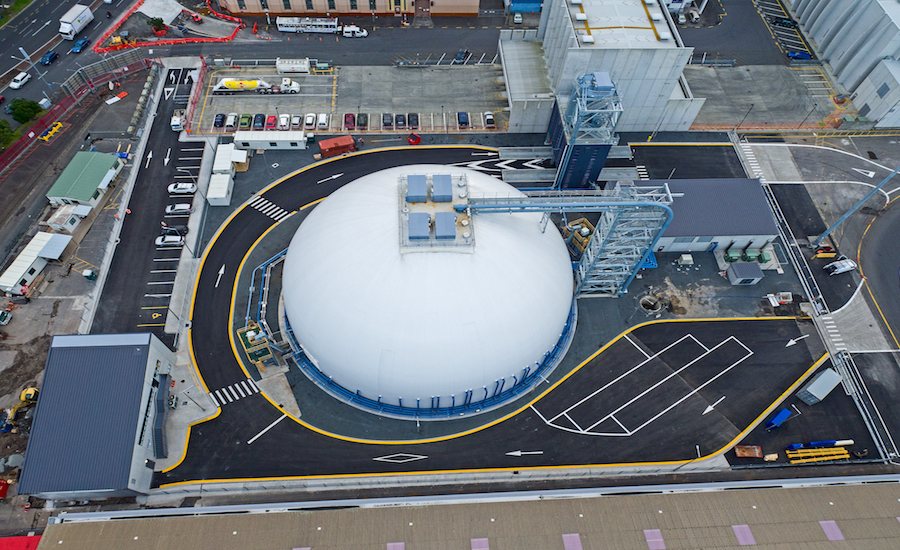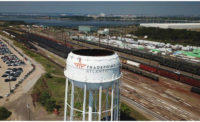Last year’s merger of Lafarge and Holcim, two of the world’s biggest cement makers, has introduced sweeping changes to New Zealand’s building-materials supply chain. Holcim’s Westport cement-plant closure and subsequent switch to offshore sourcing brings with it the loss of 150 jobs. Collateral job losses will push the toll higher.
Westport closed its doors for good at the end of June, ending Holcim's 138 years of cement manufacturing on the South Island. Golden Bay Cement, located on the North Island, is now the sole cement manufacturer in New Zealand.
Following the commissioning of two new terminals, LafargeHolcim plans to import cement from Japan. The company has entered into a long-term cement supply agreement to source cement for the New Zealand market from the Mitsubishi Materials Corp., Japan. Holcim cement shipments through the Auckland suburb of Onehunga will end as a new silo, also in Auckland, is commissioned, although a bagging plant will remain at Onehunga.
For customers, it will be business as usual. Rob Gaimster, chief executive of the Cement and Concrete Association of New Zealand, says the transition from local production to offshore outsourcing appears to have taken place seamlessly. “The cement appears to be compatible with the New Zealand market in terms of setting times, color, et cetera. So far, prices remain stable,” he said in June.
Just a year ago, LafargeHolcim told Kiwi contractors there would not be “many noticeable changes for New Zealand or Australia in the short term,” as Lafarge wasn’t previously operating in this part of the world. However, the post-merger entity now has access to a huge technology base and research-and-development facilities.
The merger gives LafargeHolcim unrivaled market access as a supplier of cement, aggregates and construction-related services. The 115,000-employee firm is represented in 90 countries on all continents.
But the merger brings to an end an era that began in Otago in 1888, when Holcim New Zealand became a cornerstone of the country’s construction industry. At its peak, the company, including Holcim Concrete and Millbrook Quarries, employed about 340 people at 23 sites, with the group’s head offices settling in Christchurch.
Mark Campbell, chief executive of Holcim Australia and New Zealand, says the majority of New Zealand customers will be “transitioned” to the new cement by the third quarter of this year.
The combined cost of the two new materials import facilities is $70 million (NZ$100 million). The Timaru plant already has offloaded three cement shipments. The Auckland plant will accommodate 30,000 tonnes of cement. Two sloping floors, fitted with an aerated floor to ease the flow to two outlets, will deliver product to a 300-tonne bin for collection and distribution by tankers. Construction commenced in September 2014, with Beca as designer, Downer New Zealand as main contractor, and Van Aalst Bulk Handling of The Netherlands as major equipment supplier.



